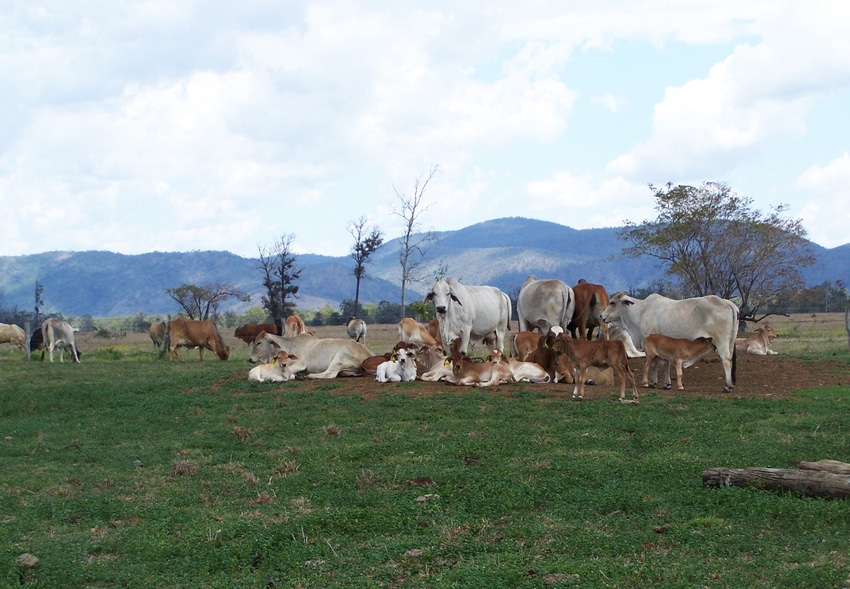Subscribe to Our Newsletters
Feedstuffs is the news source for animal agriculture
Researchers in New Mexico and Australia collaborating on ways to help ranchers better manage livestock and improve animal welfare through work on real-time GPS tracking of livestock.

You May Also Like